It’s that time of year again when vehicles and deer collide along the roadways creating costly damages with serious and fatal bodily harm to both deer and humans.
This past Tuesday, a man in Whitehall Township, Pennsylvania, struck a deer with his motorcycle. The following afternoon the man died from serious head injuries due to the accident.
One doesn’t have to be driving a motorcycle to sustain serious or fatal injuries from a vehicle crash involving a deer.. Every year 1.5 million car accidents occur with deer resulting in over $4 billion in vehicle damage, according to the National Highway Traffic Safety Administration,
I have been involved in not one but two of those accidents . I know firsthand the damage a deer can do to your automobile. The first accident occurred at night on a major highway in Pennsylvania. Out of nowhere a flash appeared in front of the headlights and in an instant my car was smoking.. I didn’t know my car came in contact with a deer until I searched the area and found the dead buck along the shoulder of the highway. No one ever stopped to assist my sister and me. My car had to be towed away from the crash scene because it sustained serious front end damage.
The second time I was driving on a two-lane road when another buck ran across the very popular and busy road. There was no way to maneuver out of the way of the 8 point buck who ultimately flew across my hood in broad daylight. There was no time to freeze because i had to I pull over to assess the damage. Luckily, two male drivers pulled over with me this time. I watched as the deer slowly swayed back and forth before his head finally fell to the ground. The two men who helped me gladly took care of the deer for their own personal gain- the meat and the nice set of antlers. At least I was left alone this time.
I am lucky that I wasn’t injured in either case. Sadly, approximately 200 deaths and an additional 10,000 injuries occur to people in regards to the over million car accidents involving deer. On average this type of accident costs $3,000 in damages.
During the months of October, November and December, more deer collisions will occur due to the rut. What is the deer rut? “The “Rut” refers to the time period each Fall when deer breeding occurs. It signifies the time when there is an observed increase in buck activity.” In laymen’s terms, this is the time of year when buck wants to mate with the does. Because the does aren’t ready to mate with a buck, the buck start exhibiting erratic behavior. Buck will fight other buck for the attention of a doe or to be territorial.
As bucks begin to increase their activity, they run after does resulting in both bucks and does running onto roadways. Most experts do agree the Rut starts at the same time for most of North America.
Another reason the increase in deer-vehicle collisions every year is the fact that more roads are being built through wildlife habitats, which causes deer to be displaced from their natural habitat. I’ve seen more deer within city limits than ever before due to housing developments or shopping malls. Where are the deer supposed to go? They go where the food is.
West Virginia tops the list according to State Farm Insurance. Hawaii is the last state with the least number of deer/car collisions in the U.S.
Worst states for deer collisions based on total number of claims filed with one of the countries largest auto insurers:
1. West Virginia 1 in 39
2. Pennsylvania 1 in 71
3. Montana 1 in 75
4. Iowa 1 in 77
5. South Dakota 1 in 82
6. Mississippi 1 in 84
7. Wisconsin 1 in 85
8. Minnesota 1 in 88
9. Virginia 1 in 88
10. South Carolina 1 in 93
How to avoid deer accidents:
1) Be attentive when driving! And Slow Down!
2) Use high-beam headlights when driving in deer territory to increase your vision and will increase your time to react to a deer hiding on the roadside who decides to jump in front of your car.
3) The easiest way to avoid crashes is to stay awake and aware of your surroundings while driving – a best practice in any season. Drivers should also look for signs regarding deer crossing, as studies have found that crash risk can be reduced by up to 34% when signs are post
4) You’re most likely to see a deer at dawn or at dusk, and if you do see a deer, always slow down. Deer typically travel in groups so if you see a deer crossing alone, you should wait a few minutes – more deer are likely to follow.
3) The use of car-mounted ‘deer whistles,’ do not seem to affect deer and may result in drivers being less aware. These devices don’t work! Watch out!
4) If a collision with a deer is unavoidable, it is usually best not to swerve to avoid it, brake and hold the wheel straight. Turning the wheel to avoid the deer may result in a worse accident with another car, or cause the car to spin out of control resulting a in much more serious crash.
Facts about Deer
- Deer are on all roads
- Deer are unpredictable
- Deer often move in groups
- Deer movement is most prevalent in the fall
- The hours between dusk and dawn are high risk times
“Whether you live in West Virginia or Hawaii, it’s important that drivers are practicing safe driving habits and watching out for animals on the road.” Being proactive and practicing defensive driving tactics could make a significant difference.
According to the National Highway Traffic Safety Administration, the figures for deer accidents is most likely higher than stated previously due to inconsistent state reporting. There is no standard reporting of deer accidents in the country yet and reporting deer accidents varies significantly between states.
Have a story, please email me at tevangelistaepp@yahoo. Like my tv page at https://www.facebook.com/ACloseUpLookAtAnimalWelfareIssues.
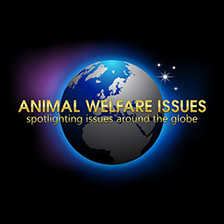
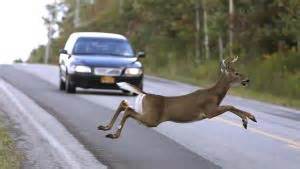
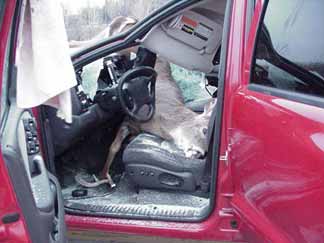
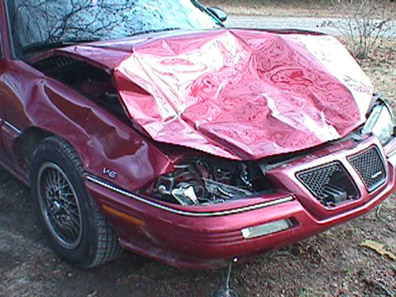
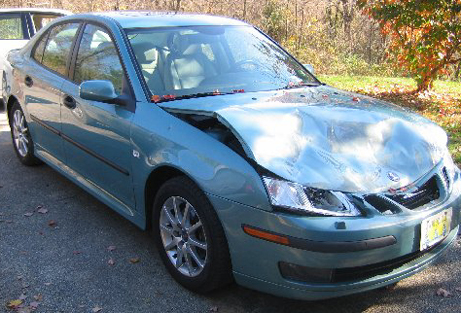
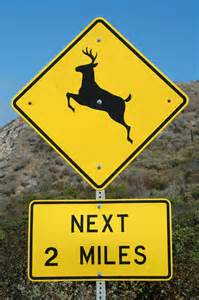
I’m seeing dead deer everywhere. A deer damaged my car badly a few years ago. Scared to drive at night after that . All I can say is listen to those deer crossing signs.
Many thanks really beneficial. Will share site with my buddies.|
Good info for drivers anywhere there are deer. Although it’s not common, people do get killed with collisions with deer involving their vehicles.